HOW IS HYPERTHERMIA USED TO TREAT CANCER?
What is hyperthermia therapy?
Hypothermia means body temperature that is higher than normal. Usually, body temperature rises due to any illness or infection in the body, such as heat stroke or fever. It’s a natural mechanism of the body to activate itself against the invading micro-organisms. But carefully controlled hyperthermia can also be used as a treatment of the body in various medical conditions. In this article, we’ll focus on the use of hyperthermia as an alternative treatment of cancer.
When the temperature of the body rises above than average body temperature, specific changes take place in the cells. These changes affect the cells more than other treatment options such as chemotherapy or radiotherapy. This increase in temperature kills the cancerous cells along with other healthy tissues of the body and is also injured. Therefore, hyperthermia is done under strict precautions, and it should only be performed by healthcare professionals who have experience in using it.
How is hyperthermia used to treat cancer?
Hyperthermia can be a regional, local or whole-body treatment. It depends upon the extent of the area that is affected by cancer. It varies from patient to patient.
Local hyperthermia
Local hyperthermia treatment is used to treat tumors restricted in a limited area. The affected area is exposed to a high temperature to destroy the uncontrolled growing cells and bold vessels surrounding them. These tissues are exposed to heat for a specific duration of time.
This process is known as thermal ablation. It causes irreversible damage to the cancerous cells. Ultrasound waves, microwaves, radio waves and certain other forms of energy are used to heat the tissues. When ultrasound waves are used for treatment, this process is known as high intensity focused ultrasound (HIFU).
There are various methods to apply the heat:
- A prob or thin needle is inserted inside the tumor. This tip of this needle releases heat that destroys the tumor.
- A tumor is targeted with high energy waves outside the body with the help of specific instruments.
Radiofrequency ablation (RFA):
It is the most common type of thermal ablation. In this technique, a thin probe or needle is guided into the affected place by using a CT scan, MRI or ultrasound technology. Then this prob is inserted inside the tumor and high energy waves are released from the tip of that prob for a specific period of time. It kills the cells within a certain area. Then these cells are removed from the body. RFA can be used to treat tumors of about 2 inches in the lungs, kidney, and liver.
It is an advance method to treat cancer. This technique is applied in those cases in which surgery can’t be performed to remove the tumor due to various reasons. This process is repeated from the tumor cells that start to regrow. It can also be used with other treatments of cancer such as chemotherapy, hepatic arterial infusion therapy, surgery, radiation therapy, chemoembolization, or alcohol ablation.
Regional hyperthermia
In this approach, a certain part of the body such as a body cavity, organ or limb is treated. Usually, this method is used as a supportive method of treatment along with radiation therapy and chemotherapy because it can’t kill all the tumor cells alone.
In this treatment, the blood supply to the targeted part is isolated from the rest of the circulation. The blood of this targeted part is pumped into a heating machine and then pumped back into the body part to heat it. At the same time, chemotherapy can also be pumped. This technique is very useful to treat melanomas and sarcomas.
Treatment of cancer in the peritoneum
Along with surgery, the hyperthermia technique can also be used to treat cancer in the peritoneum cavity. In this approach, heated chemotherapeutic drugs are pumped into the peritoneal cavity. This process is known as hyperthermic peritoneal perfusion (CHPP)/ hyperthermic intraperitoneal chemotherapy (HIPEC).
Whole-body hyperthermia
Whole-body heating is performed along with other chemotherapy to treat cancer that has spread. In this approach, thermal chambers or heating blankets and warm-water immersion are used to raise body temperature. Light anesthesia is administered in the patient while performing this therapy. This raise in body temperature is called fever-range whole-body hyperthermia. It makes the immune cells more active to kill cancerous cells. Researchers have increased the body temperature up to 107° F for a short period of time. It boosts the patient’s immune system to fight cancer.
Pros and cons:
The side effects of hyperthermia depend on the organ/part being treated and the technique. Most side effects don’t last long, but some can be damaging.
Side effects of local hyperthermia
Local hyperthermia may lead to certain infections, blood clots, bleeding blisters, burn, damage to the skin and swelling of muscles. It may also affect the surrounding nerves.
Side effects of regional and whole-body hyperthermia
Side effects depend on how high the temperature is raised and what part of the body is treated. It may lead to diarrhea, nausea, and vomiting. It may also cause some serious effects on other vital organs such as blood vessels and heart etc. In addition, other cancer techniques being used along with hyperthermia including chemo and radiation also shows certain side effects.
Benefits of Regional and whole-body hyperthermia
The major benefit of regional and whole-body hyperthermia is that it is more effective than other cancer treatments. When tumor cells are heated with the hyperthermia technique, it becomes easy to kill these cells using radiation and certain chemotherapy drugs. But this increase in temperature must be controlled carefully.
5 Comments
Trackbacks/Pingbacks
- What lifestyle changes can you make to prevent or fight cancer? - Transformelle - […] Hyperthermia treatment […]
- What lifestyle changes can you make to prevent or fight cancer? - Transformelle - […] Hyperthermia is under study in clinical trials and is not widely available. There are two, basically different hyperthermia processes;…

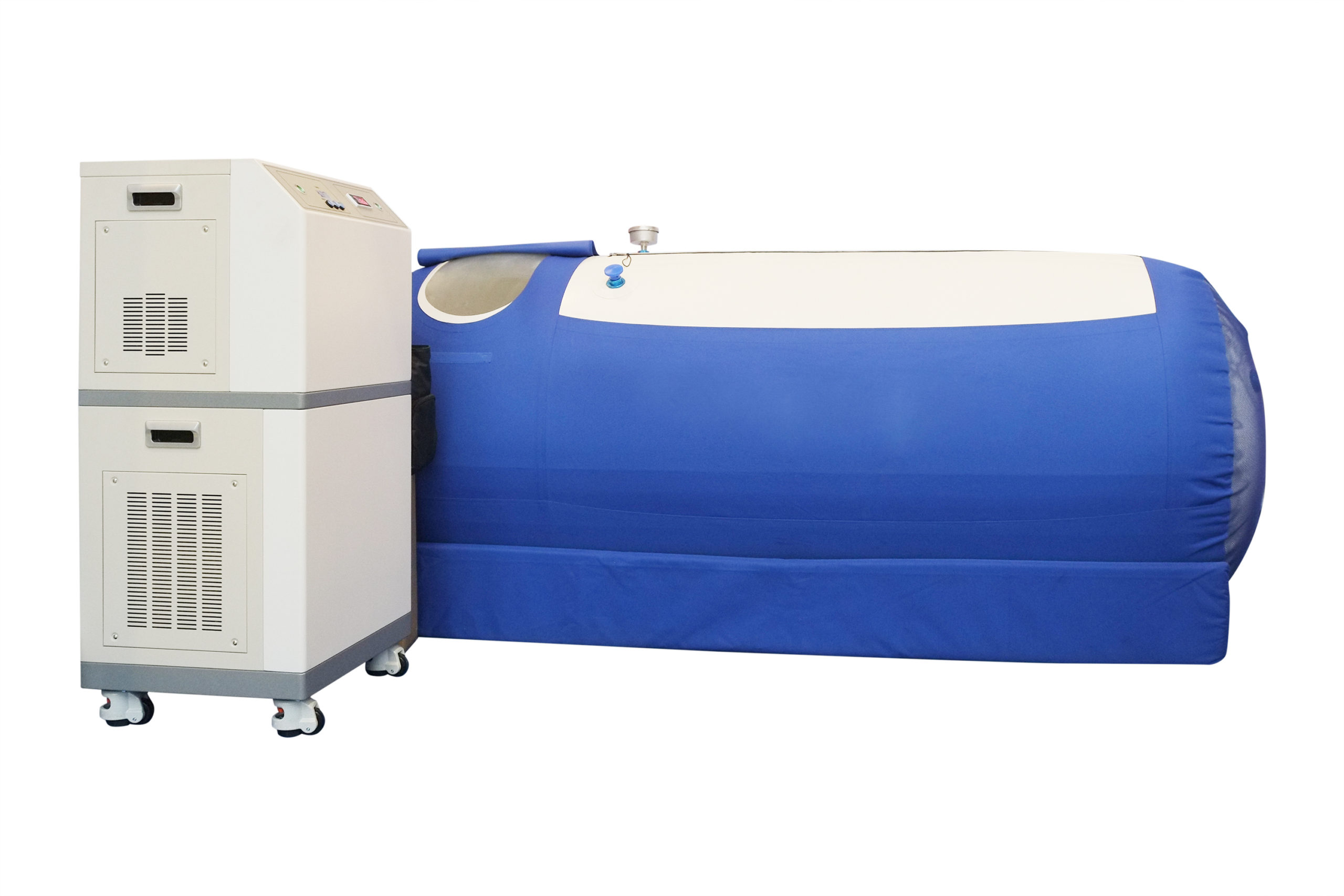
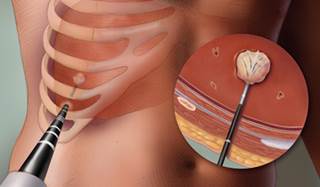
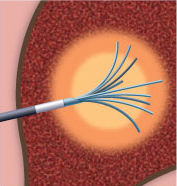
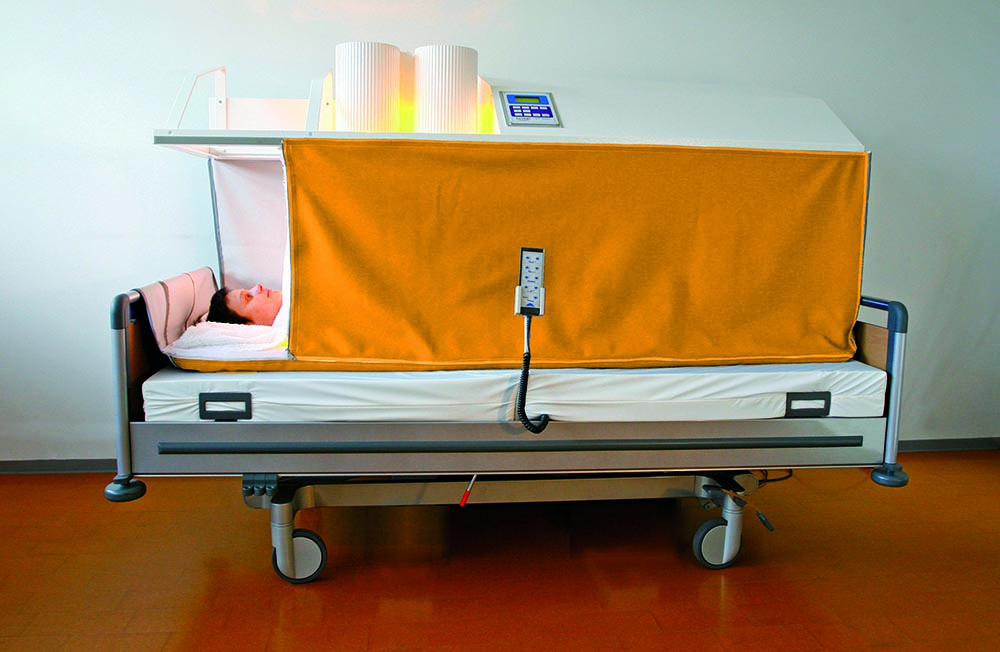
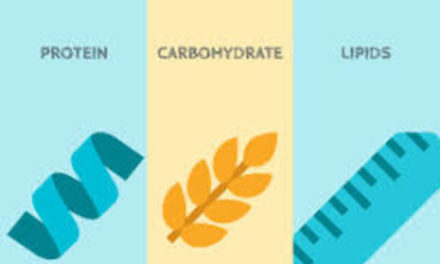



Your place is valueble for me. Thanks!?
You completed a number of nice points there. I did a search on the issue and found nearly all people will have the same opinion with your blog.
I think other site proprietors should take this site as an model, very clean and wonderful user friendly style and design, let alone the content. You’re an expert in this topic!
Very interesting topic, regards for putting up.
Hello there, I discovered your blog by means of Google while looking for a
related topic, your site got here up, it seems to be good.
I have bookmarked it in my google bookmarks.
Hi there, simply become aware of your blog thru Google, and found that it’s truly informative.
I’m going to watch out for brussels. I will appreciate in the event you continue this in future.
Lots of folks can be benefited from your writing. Cheers!